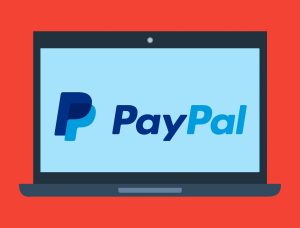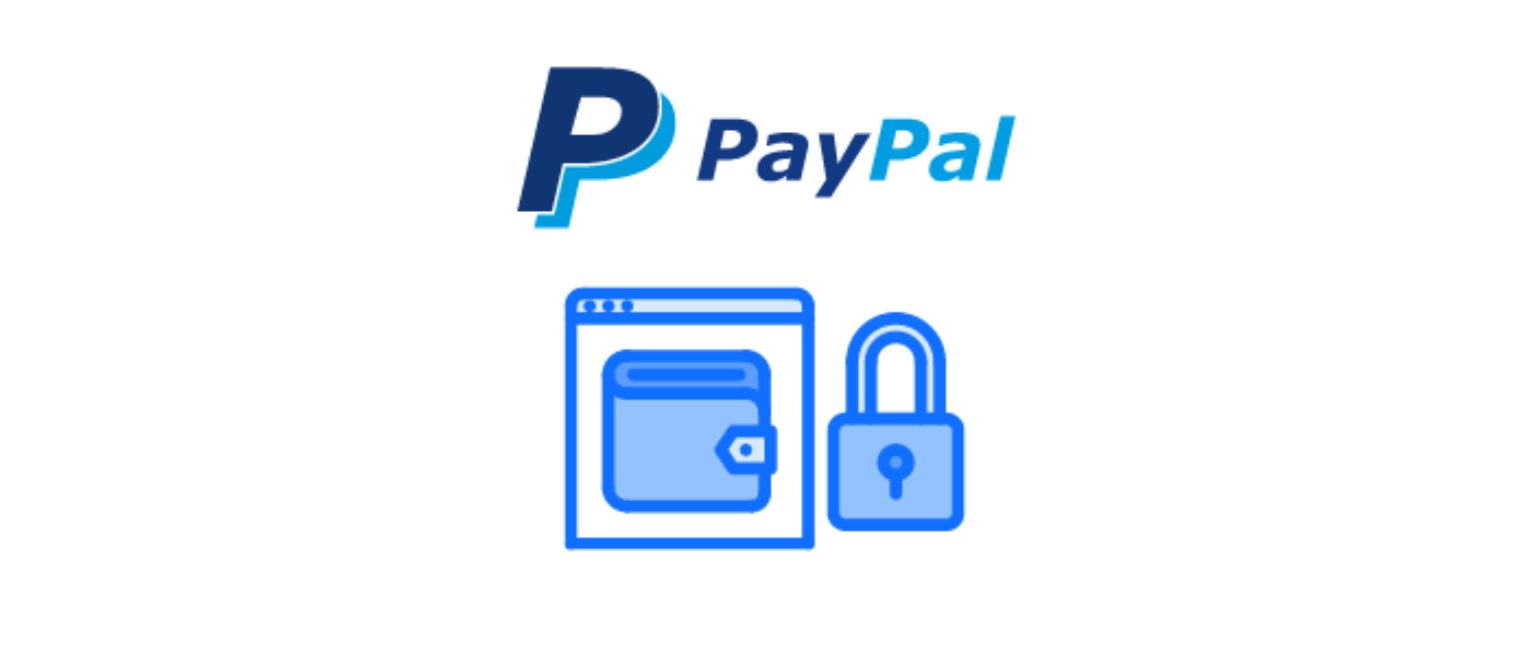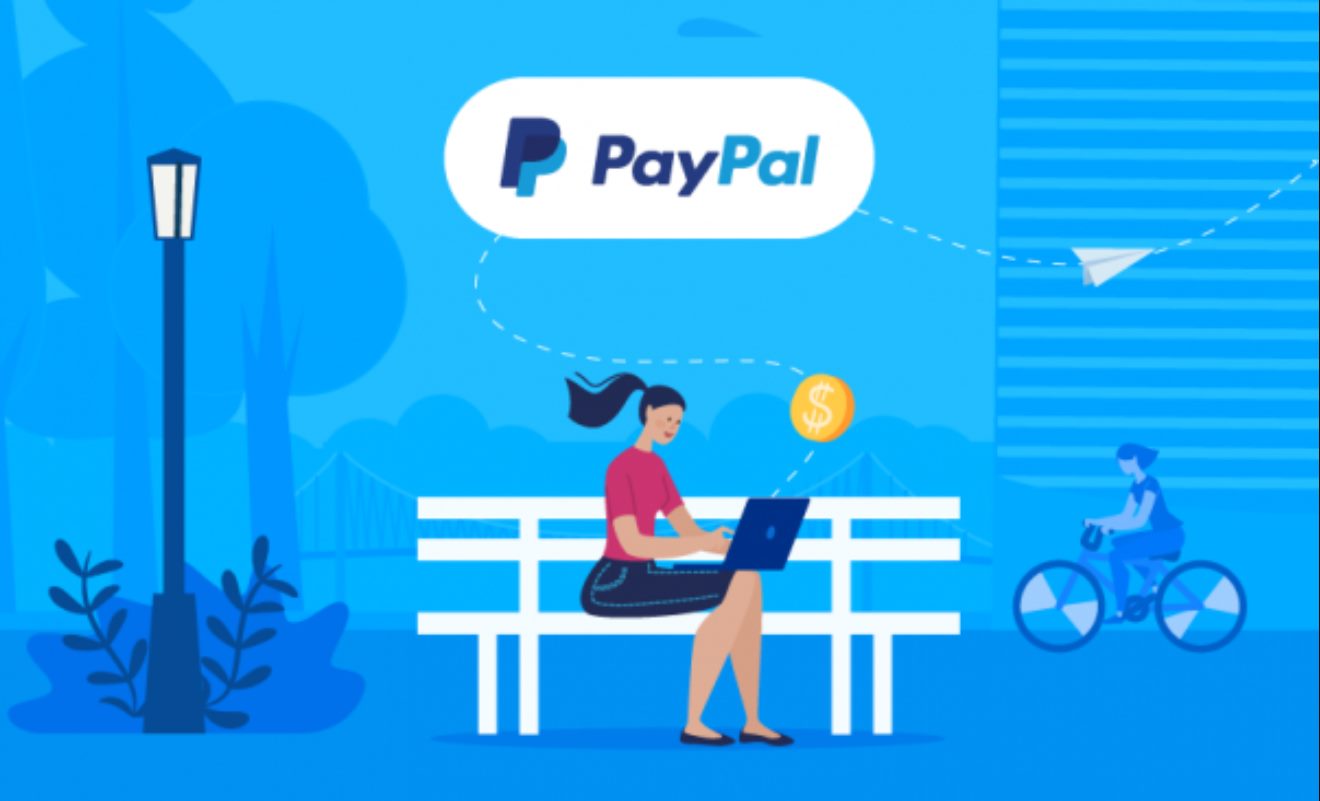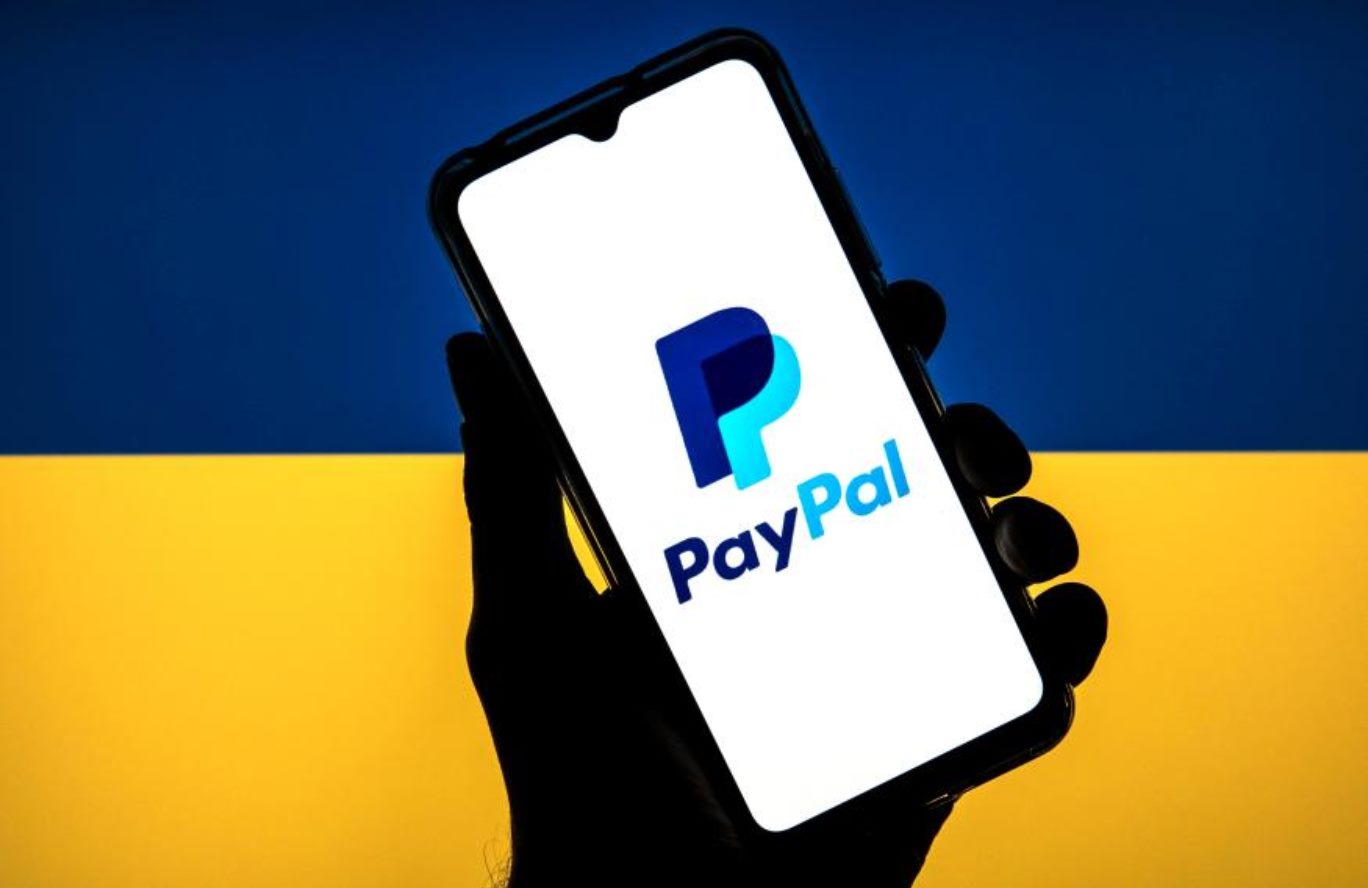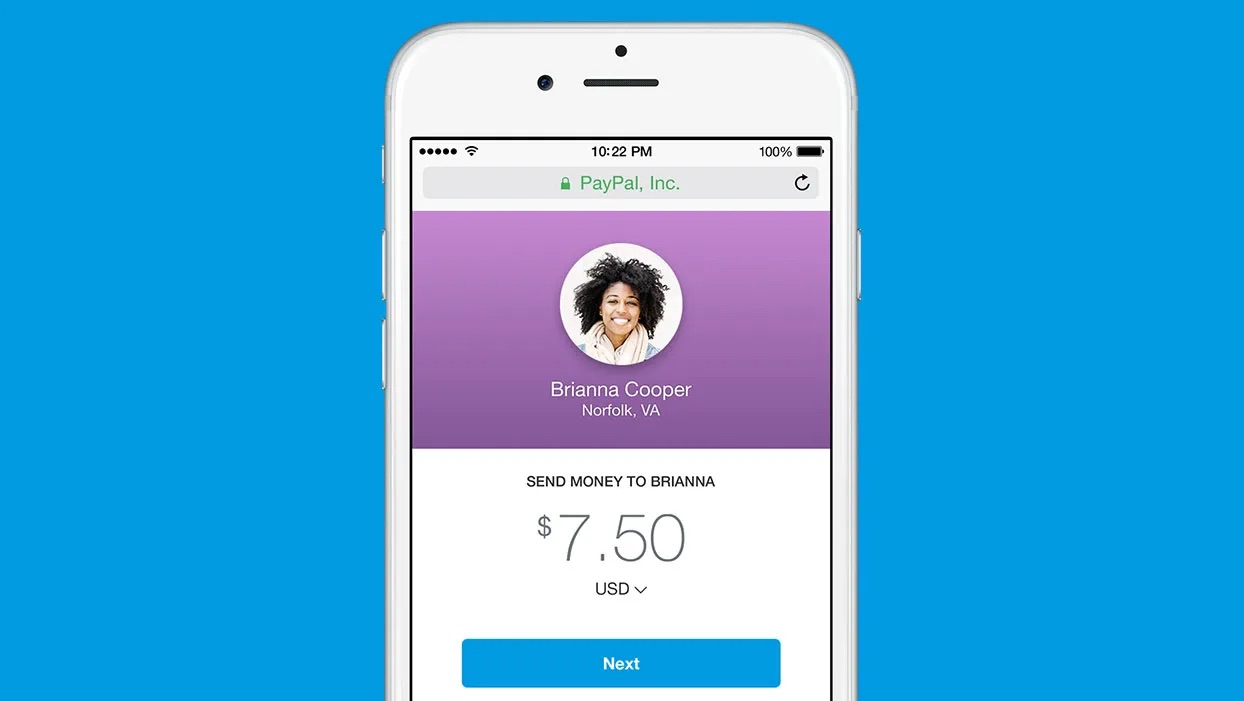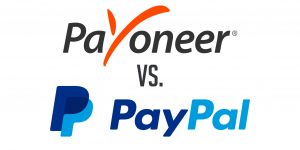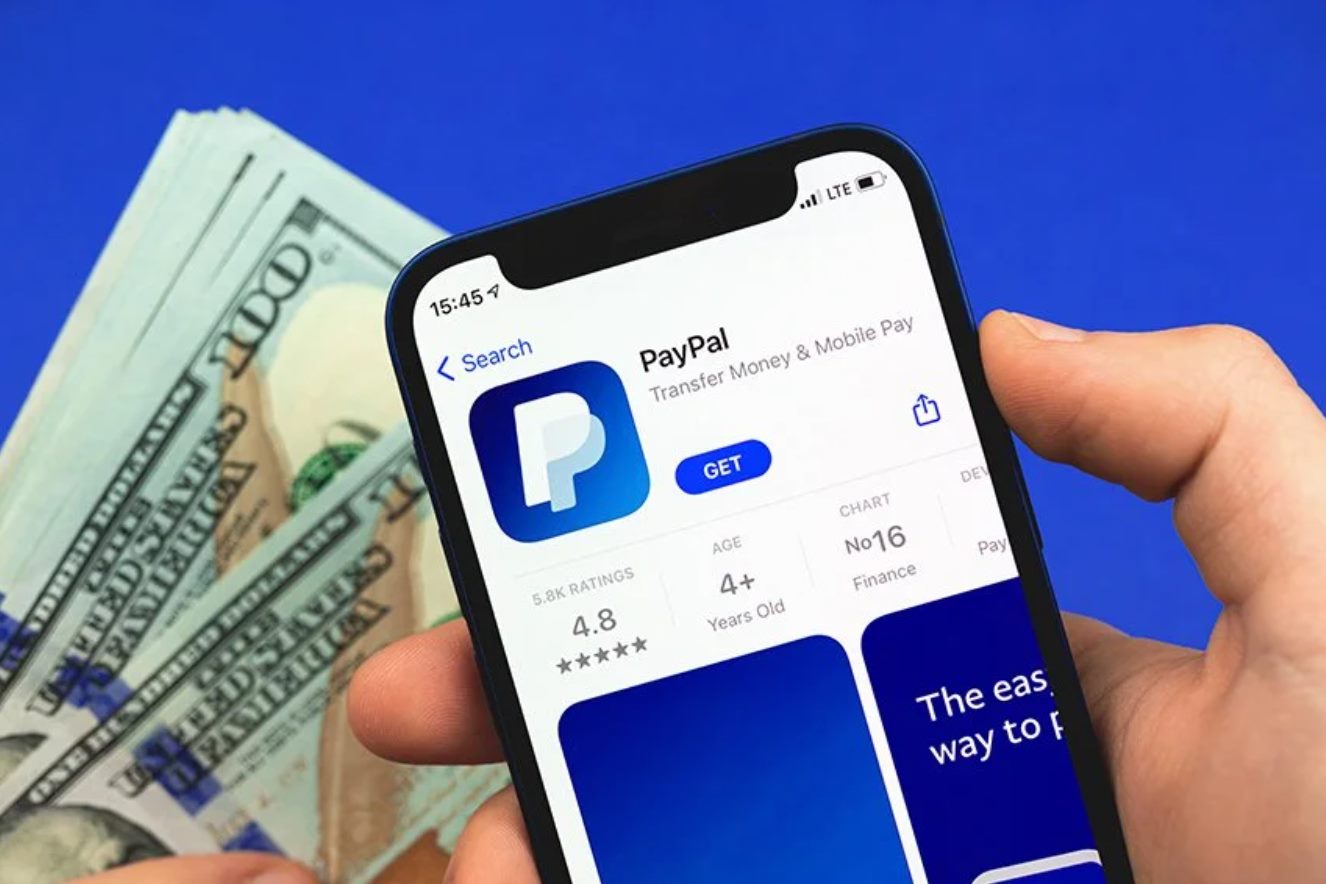Introduction
Welcome to the world of online selling! As an aspiring entrepreneur or an established business owner, you’ve probably heard of PayPal’s popularity as a payment processor. PayPal has become a household name in the e-commerce industry, providing a secure and convenient way to facilitate transactions between buyers and sellers.
If you’re considering using PayPal as your preferred payment method, it’s essential to understand how it works and the associated fees. In this article, we’ll delve into the topic of PayPal’s seller fees, helping you make informed decisions about your online business.
PayPal offers a range of services and features that make selling online a breeze. From processing payments to managing inventory and providing customer support, PayPal provides a comprehensive platform to streamline your online business operations. However, it’s crucial to understand the costs involved, including the seller’s fees.
Throughout this article, we will explore the various aspects of PayPal’s seller fees, including how they are determined, the different fee structures available, comparative analysis with other payment services, and tips to minimize these fees. By the end, you’ll have a clear understanding of the financial implications of using PayPal as a payment processor.
Whether you’re selling handmade crafts on an e-commerce platform, operating a dropshipping business, or running a full-fledged online store, understanding the seller fees associated with PayPal is essential. It will allow you to accurately calculate your profit margins and make informed pricing decisions.
So, without further ado, let’s dive into the world of PayPal’s seller fees and explore how they can impact your online business.
How PayPal Works for Sellers
Before delving into the details of PayPal’s seller fees, it’s crucial to have a basic understanding of how PayPal works for sellers. Whether you’re an individual seller or a business owner, PayPal offers a straightforward process to receive payments from your customers.
When you create a PayPal account, you’ll have the option to set up a personal or business account, depending on the nature of your online selling activities. Once your account is set up and verified, you can start accepting payments through PayPal.
When a customer makes a purchase on your website or online marketplace, they have the option to choose PayPal as their payment method. Upon checkout, they are redirected to the PayPal website, where they can log in to their PayPal account or choose to pay with a debit or credit card.
Once the payment is made, the funds are securely transferred to your PayPal account. You will receive a notification of the payment, and the funds will be available for withdrawal or future purchases. PayPal also provides a range of tools and features to help you manage your transactions, track inventory, generate invoices, and handle customer communications.
One of the key advantages of using PayPal is its wide acceptability. PayPal is accepted by millions of online merchants and is integrated into numerous e-commerce platforms, making it a preferred choice for buyers and sellers alike.
Additionally, PayPal offers buyer protection, giving your customers peace of mind when making purchases. This can boost trust and increase the likelihood of sales. However, it’s important to note that PayPal’s buyer protection policies can also impact sellers, especially in cases where buyers file disputes or claims.
Overall, PayPal provides a reliable and user-friendly platform for sellers to receive payments. Now that we have a general understanding of how PayPal works for sellers, let’s explore the fees associated with using PayPal as a payment processor.
What is the Seller’s Fee?
As a seller using PayPal, it’s important to be aware of the fees associated with the service. The seller’s fee is the charge levied on every transaction made through PayPal. This fee helps cover the costs of payment processing, fraud protection, and other services provided by PayPal.
The seller’s fee is typically calculated as a percentage of the transaction amount, plus a fixed fee for each transaction. The specific fee structure depends on the type of transaction, the seller’s location, and other factors. It’s important to note that PayPal offers different fee structures for personal and business accounts.
For personal accounts, the seller’s fee is typically applied when receiving payments for goods or services. The fee structure may vary depending on the seller’s location and the currency used for the transaction. However, personal accounts are subject to certain limitations on receiving payments, so it’s recommended to upgrade to a business account for higher transaction volumes.
Business accounts, on the other hand, have different fee structures and additional features tailored to meet the needs of businesses. With a business account, sellers can customize invoices, access detailed sales reports, and add multiple users to manage the account.
In addition to the seller’s fee, PayPal may also charge other fees for specific services, such as currency conversion or chargebacks. It’s crucial to familiarize yourself with these fees to accurately calculate your overall costs and pricing strategies.
Understanding the seller’s fee structure is essential for sellers to determine the impact on their profit margins. By factoring in these fees when setting prices, sellers can ensure they’re covering their expenses while remaining competitive in the market.
Now that we understand what the seller’s fee is, let’s explore how PayPal calculates these fees and the different fee structures available.
Determining the Seller’s Fee
PayPal calculates the seller’s fee based on various factors, including the type of transaction, the seller’s location, the currency used, and the total transaction amount. It’s important to have a clear understanding of how these factors come into play when determining the final fee.
Firstly, the type of transaction plays a role in determining the fee structure. PayPal categorizes transactions into four main types: domestic payments, international payments, micropayments, and charitable organization payments. Each type has its own fee structure, with different percentages and fixed fees applied.
The seller’s location is also an important factor in determining the fees. PayPal has different fee structures for sellers based on their country or region. It’s important to refer to PayPal’s official website to access the specific fee structure applicable to your location.
The currency used in the transaction is another element that affects the seller’s fee. PayPal charges different fees for transactions in different currencies. When receiving payments in a currency different from your primary currency, PayPal will apply a currency conversion fee to convert the funds into your primary currency.
Furthermore, the total transaction amount influences the fee percentage applied. Typically, PayPal applies a higher percentage fee to smaller transactions and lowers the fee percentage for larger transactions. This progressive fee structure is designed to incentivize higher-value transactions while still providing a competitive fee rate for smaller transactions.
It’s important to note that the fee structure for PayPal may change over time. It’s a good practice to regularly review PayPal’s fee schedule or contact their customer support to ensure you have the most up-to-date information regarding the seller’s fees.
Now that we understand how PayPal determines the seller’s fee based on various factors, let’s explore the standard fee structures for both personal and business accounts.
PayPal’s Standard Seller Fees
PayPal provides two main fee structures for sellers: one for personal accounts and another for business accounts. Let’s take a closer look at the standard fees associated with each account type.
Personal Accounts: With a personal PayPal account, you may incur fees when receiving payments for selling goods or services. The specific fee structure will depend on your location and the currency used for the transaction. Typically, the fee ranges from 2.9% to 3.7% of the transaction amount, plus a fixed fee that varies between $0.30 to $0.50 per transaction. These fees may be higher for international transactions and for certain countries with different fee schedules. PayPal also offers discounted rates for high-volume sellers.
Business Accounts: If you upgrade to a PayPal business account, you’ll have access to additional features and a different fee structure. The fees for business accounts are generally lower compared to personal accounts, making it more beneficial for those who conduct regular or high-volume transactions. The exact fee structure will depend on factors like transaction volume, average transaction size, and business type. PayPal provides detailed information on their website regarding the specific fees applicable to your business account.
It’s worth noting that PayPal also offers discounted rates for nonprofit organizations and charities. If you’re operating a nonprofit or charitable organization, you may be eligible for special fee rates to support your fundraising efforts.
PayPal’s seller fees are competitive when compared to other online payment processors. However, it’s essential for sellers to weigh the fees against the features and benefits offered and consider the overall financial impact on their business and profit margins.
It’s important to keep in mind that PayPal may update their fee structure from time to time. By regularly reviewing their fee schedule or contacting their customer support, you can ensure you have the most accurate and up-to-date information regarding the standard seller fees.
Now that we have explored the standard fees associated with PayPal, let’s compare them with other payment services to see how they stack up.
PayPal’s Merchant Fees
In addition to the standard seller fees for personal and business accounts, PayPal also offers a separate fee structure for merchants. Merchants are typically businesses that have more advanced needs and require additional features and services to manage their online operations effectively.
PayPal’s merchant fees are tailored to accommodate the specific requirements of businesses, providing them with tools and resources to streamline their online transactions. The merchant fees depend on factors such as transaction volume, average transaction size, business type, and the specific services utilized.
One of the key benefits of PayPal’s merchant fees is the ability to negotiate custom rates based on your business’s unique needs. PayPal takes into consideration factors such as your sales volume, industry, and processing history when determining these custom rates.
Furthermore, with a merchant account, you gain access to additional features and services, such as advanced fraud protection, recurring billing options, and the ability to integrate PayPal with other platforms or systems. These added functionalities can significantly enhance the efficiency and security of your online business transactions.
It’s important to note that PayPal’s merchant fees may include separate charges for certain services, such as virtual terminal payments, where you manually enter credit card details rather than processing them through an online sale. Additionally, PayPal may charge fees for chargebacks or disputes, depending on your specific situation.
While PayPal’s merchant fees may have more flexibility and advanced features compared to standard seller fees, it’s crucial to evaluate your business’s needs and compare the associated costs with other payment services available in the market. Factors such as transaction fees, ongoing monthly fees, and additional service charges should be considered when choosing the most suitable payment processor for your business.
Now that we have discussed PayPal’s merchant fees, let’s move on to a comparative analysis of PayPal’s fees with other popular payment services.
Comparative Analysis of PayPal’s Fees with Other Payment Services
When choosing a payment service for your online business, it’s important to compare the fees across different platforms to ensure you are making the most cost-effective choice. Let’s conduct a comparative analysis of PayPal’s fees with some popular payment services to gain a better understanding of how they stack up.
Stripe: Stripe is a widely-used payment processor known for its simplicity and developer-friendly features. Their standard transaction fee is 2.9% + $0.30 per successful transaction, which is similar to PayPal’s fees for personal accounts. However, Stripe does not charge additional fees for international transactions, making it a more cost-effective option for businesses with global customers.
Square: Square offers a comprehensive suite of payment solutions for businesses of all sizes. Their transaction fees for online sales are 2.9% + $0.30 per transaction, which aligns with PayPal’s fees. Square also provides a range of additional services such as POS systems, invoicing, and inventory management, which can be beneficial if your business operates both online and offline.
Authorize.Net: Aimed at small and medium-sized businesses, Authorize.Net offers a payment gateway solution with various pricing options. Their standard transaction fee is 2.9% + $0.30 per transaction, similar to PayPal’s fees. However, Authorize.Net charges a monthly gateway fee in addition to the transaction fees, which may impact the overall cost for businesses with lower transaction volumes.
Amazon Pay: Amazon Pay is another popular payment service, especially for businesses selling on the Amazon marketplace. Their transaction fees range from 2.9% to 3.9% + $0.30 per transaction, depending on the total monthly sales volume. While the fees are comparable to PayPal’s, the integration advantages and potential customer reach of selling on Amazon’s platform make it an attractive option for certain businesses.
It’s important to note that the comparative analysis may vary depending on factors such as the country you operate in, the specific services you require, and the volume of transactions you process. Thus, it’s crucial to thoroughly research and compare the fees and features of various payment services based on your unique business needs.
Ultimately, the goal is to choose a payment service that strikes the right balance between cost-effectiveness, functionality, and user experience. By considering factors beyond just fees, such as integration capabilities, customer support, and security features, you can make an informed decision that aligns with your business goals.
Now that we’ve compared PayPal’s fees with other payment services, let’s explore some factors that can affect PayPal fees for sellers.
Factors That Can Affect PayPal Fees for Sellers
While PayPal has standard fee structures for personal and business accounts, there are several factors that can influence the fees you incur as a seller. Understanding these factors will allow you to make strategic decisions to minimize your expenses. Let’s explore some key factors that can affect PayPal fees for sellers.
Transaction Volume: The volume of transactions you process through PayPal can impact your fees. Typically, PayPal offers discounted rates for sellers with higher transaction volumes. As your sales volume increases, you may be eligible for lower transaction fees, resulting in increased profitability for your business.
Average Transaction Size: PayPal’s fee structure takes into account the average size of your transactions. Generally, PayPal offers lower percentage fees for larger transactions, which incentivizes businesses to process higher-value sales. Analyze your average transaction size, and factor in how it aligns with PayPal’s fee structure to optimize your costs.
International Transactions: If you sell to customers outside your country, PayPal’s fees for international transactions may apply. These fees are generally higher than domestic transaction fees due to additional complexities and currency conversions. Consider the impact of international sales on your fees when deciding whether to expand your customer base globally.
Business Account Type: Upgrading to a PayPal business account can provide access to more features and potentially lower fees. Depending on your business’s size, type, and specific needs, a business account may offer better customization options and discounted rates tailored to your requirements. Evaluate the benefits of a business account and assess how it aligns with your long-term growth plans.
Additional Services: PayPal offers various additional services that come with their own fees. For example, if you require advanced fraud protection or recurring billing options, you may incur additional charges. Evaluate the value these services provide to your business and weigh them against the associated costs to determine if they are worth incorporating into your PayPal account.
Keep in mind that PayPal’s fee structure and policies can evolve over time. Stay updated with any changes and regularly review your account information to ensure you have accurate information on fees and pricing structures.
By considering these factors and analyzing how they affect your business, you can strategically manage your PayPal fees and optimize your profitability. Now that we’ve discussed the factors influencing PayPal fees, let’s explore some tips to minimize PayPal fees for sellers.
Tips to Minimize PayPal Fees for Sellers
As a seller using PayPal, you can implement several strategies to minimize your fees and maximize your profits. Here are some tips to help you reduce your PayPal fees:
1. Negotiate Lower Rates: If your business has a high volume of transactions, you may be eligible to negotiate custom rates with PayPal. Contact their customer support or reach out to your account representative to discuss the possibility of securing a lower fee structure based on your business’s unique needs and transaction volume.
2. Optimize Currency Conversion: If your business operates internationally, consider leveraging PayPal’s currency conversion feature strategically. PayPal charges a fee for currency conversion, so it’s advisable to maintain separate currency balances where possible. This way, you can avoid unnecessary conversions and minimize currency conversion fees.
3. Encourage Lower-Cost Payment Methods: Some payment methods, such as bank transfers or eChecks, incur lower fees compared to credit card payments. Encourage your customers to use lower-cost payment methods when appropriate, as this can help reduce your PayPal fees. Consider offering incentives or discounts for customers who opt for these cost-efficient payment methods.
4. Streamline Order Fulfillment: Minimizing the number of canceled or returned orders can reduce your fees. By optimizing your order fulfillment processes, providing accurate product descriptions, and efficiently addressing customer queries, you can reduce the likelihood of disputes or refunds, which can incur additional charges.
5. Utilize PayPal’s Seller Protection: Familiarize yourself with PayPal’s Seller Protection program and ensure that you meet the eligibility criteria. This program provides coverage for certain types of fraudulent transactions and can save you from unexpected financial losses. By taking advantage of this protection, you can avoid potential disputes or chargebacks that could impact your fees.
6. Explore Alternative Payment Processors: While PayPal is a popular choice, it’s prudent to explore other payment processors and compare their fee structures. Consider whether alternative processors offer comparable or lower fees for your specific business needs. Assess factors such as transaction fees, monthly fees, integration options, and customer support to find the most cost-effective solution for your business.
7. Regularly Review Fee Structures: PayPal may update its fee structure from time to time, so it’s important to stay informed. Regularly review PayPal’s fee schedule and keep track of any changes they make. By staying up-to-date, you can adjust your pricing strategies and assess the impact of fee updates on your business’s profitability.
By implementing these tips, you can optimize your PayPal fees, ultimately reducing your expenses and improving your bottom line. Remember to regularly evaluate your fee structures, explore negotiation possibilities, and consider the specific needs of your business to effectively manage your PayPal fees.
Now that we’ve explored tips to minimize PayPal fees for sellers, let’s wrap up our discussion.
Conclusion
Understanding PayPal’s seller fees is crucial for every online seller. By comprehending how PayPal works, determining the seller’s fee, and comparing it with other payment services, you can make informed decisions to manage your business’s financial health effectively.
PayPal offers a convenient platform for sellers to receive payments and manage their online operations. They provide standard fees for personal and business accounts, with additional options available for merchants. Analyzing factors that can affect PayPal fees, such as transaction volume, average transaction size, and international transactions, allows you to strategize and optimize your costs.
Comparing PayPal’s fees with other payment services enables you to make an informed choice that best aligns with your business needs. Consider factors like transaction fees, additional features, and integration capabilities when evaluating different payment processors.
Furthermore, implementing tips to minimize PayPal fees can have a significant impact on your bottom line. Negotiating lower rates, encouraging lower-cost payment methods, and streamlining order processes can help you reduce expenses. Exploring PayPal’s Seller Protection program, staying updated on fee structures, and considering alternative payment processors are additional strategies to consider.
Ultimately, it’s important to regularly assess your business’s financial landscape, evaluate changing fee structures, and adjust your pricing strategies accordingly. By effectively managing your PayPal fees, you can optimize profitability and ensure the financial health of your online business.
So, armed with this knowledge, go forth and make informed decisions as you navigate the world of online selling with PayPal!









